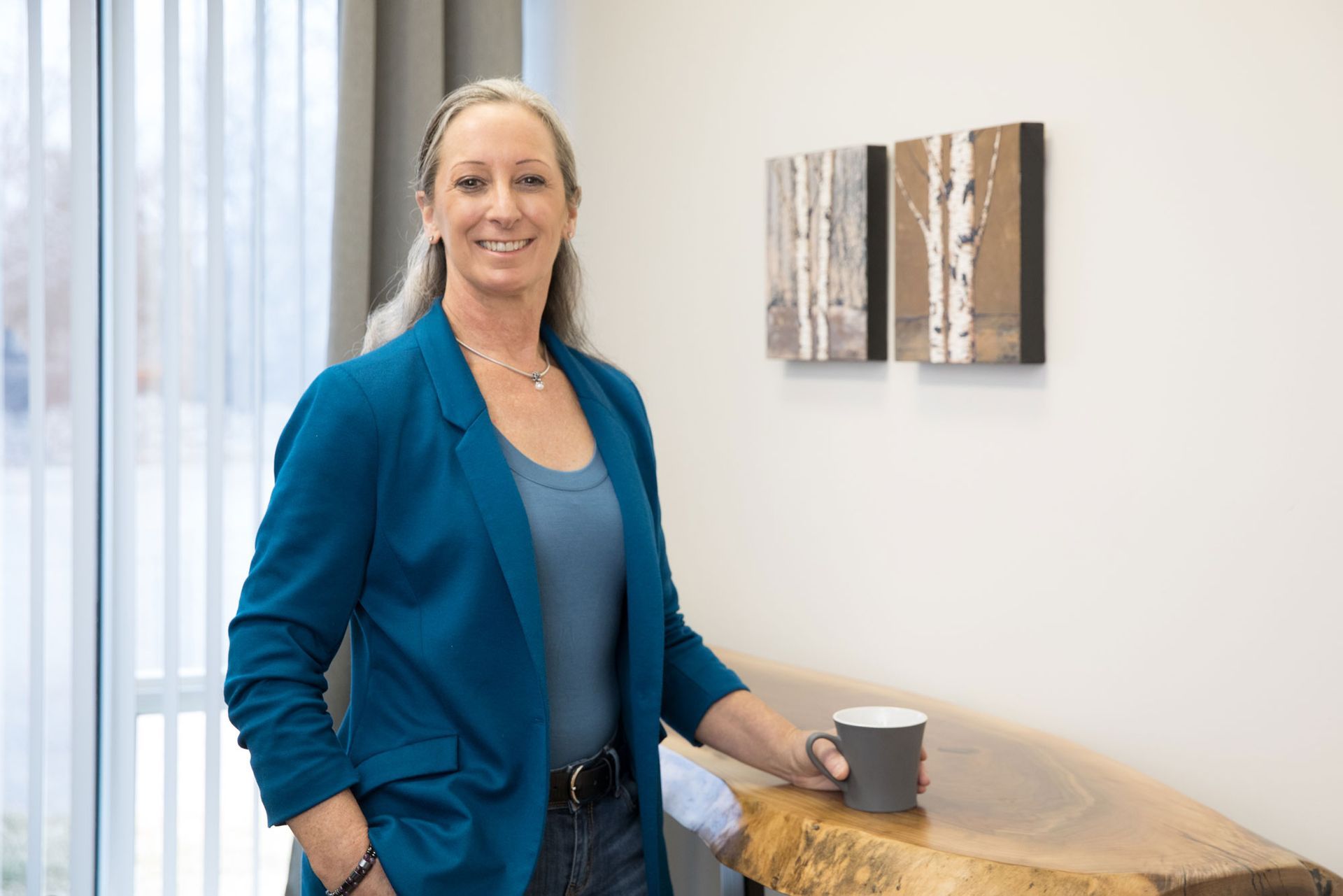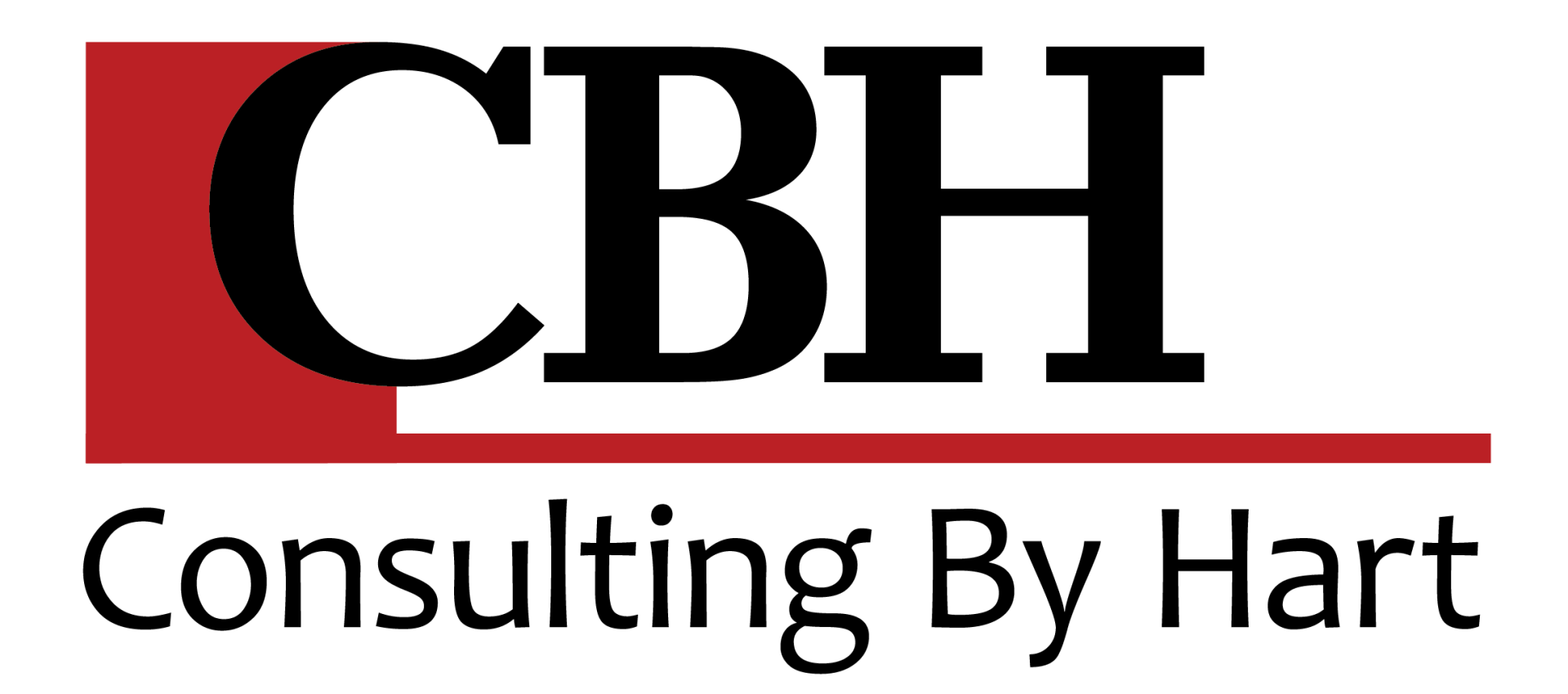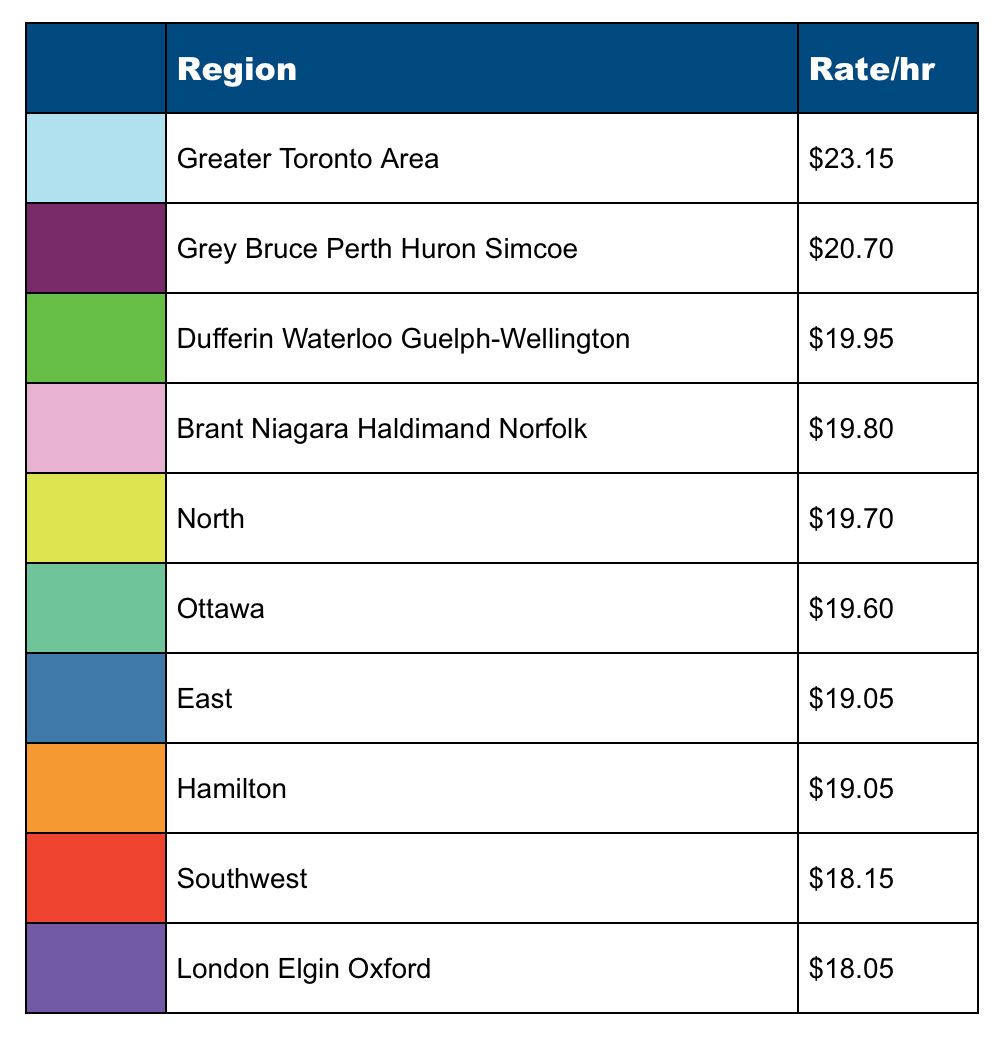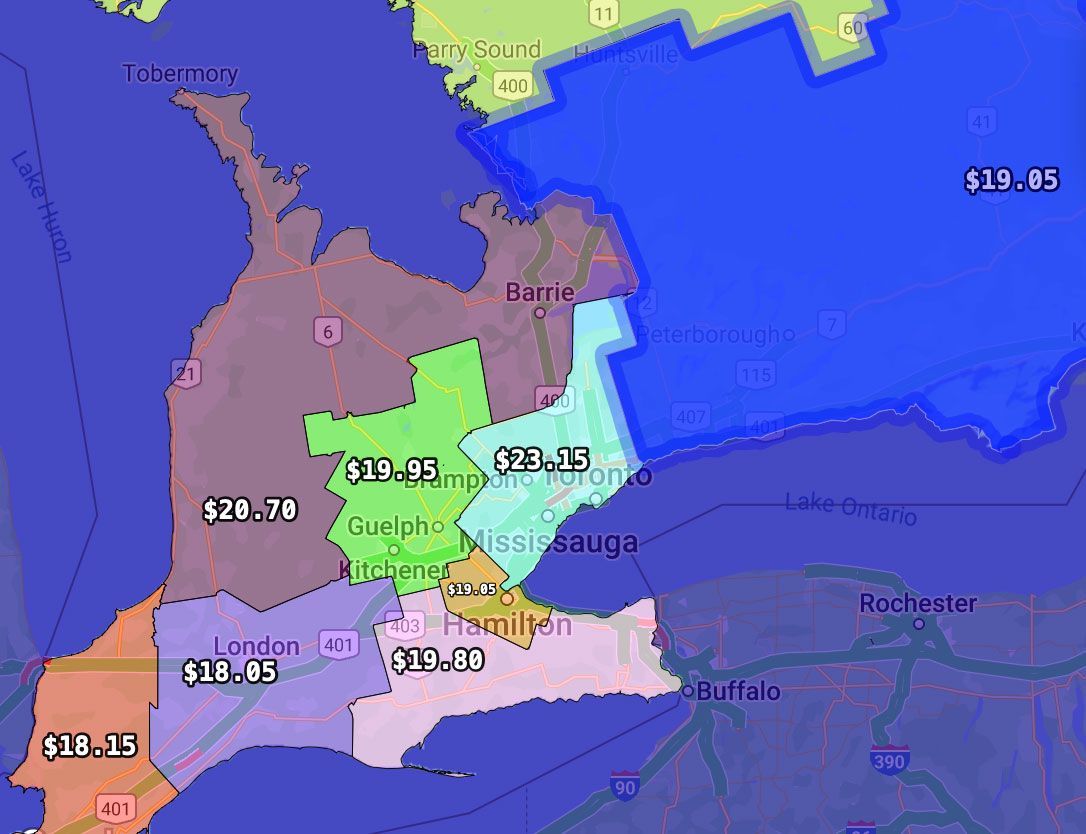Team Retention – Part 1 Paying a Living Wage vs Minimum Wage

There are many ways in which The Pandemic left a lasting impact on our profession. Some have been extremely beneficial while others are applying pressure to profitability and team retention.
Among some of the strongest legacy benefits we’ve experienced in the last few years, the one that stands out in my mind the most, is the elevated consumer/home-owner awareness and appreciation for the benefit of landscapes and pleasant outdoor spaces. There was a huge increase in demand for residential landscaping – at all levels – and the related the ripple effect that spread across all green profession sectors – drove unprecedented sales, when many sectors in the economy were shut down or drastically restricted.
We have also seen an unprecedented influx of jobseekers – from both the sectors (ie food, entertainment, travel, retail) that were deeply restricted, and from those sectors where workers realized how much ‘safer’ they felt to work outdoors.
Along with this worker migration, has also come labour shortages in manufacturing and logistics – among other pressures driving inflation to levels we haven’t seen in decades. With higher costs of living comes demands for higher wages to make ends meet.
Many of you reading this column are living this new reality – which is putting an unprecedented squeeze on the gap between labour burden costs, and charge out rates.
While we’ve never before (at least not in my 43-year green industry career) been poised to leverage this level of increased demand and respect for our products and services, it is somewhat bitter-sweet. In order to meet increased demand, the pressure is on us to attract, acquire and retain great team players like never before. And we need to be competitive in our wage rates, benefits and perks.
Enter the Living Wage. It’s now a ‘thing’. And it’s a powerful recruiting tool when properly leveraged.
Consider this map, and check in on the ‘living wage’ currently posted for your area:
Living Wage is the new minimum wage for competitive employers. You can apply and become certified as a living wage employer here - then promote it on your social media posts and recruitment marketing across all channels. If you’re not already paying your lower wage earners the ‘living wage’, it will require a ‘reset’ to get your wage rates up to a competitive level. Similarly, your charge out rates will have to take a bump up also.
Many business owners push back on raising their charge out rates, afraid to lose customers on price. Those with multi-year contracts into which there are no clauses allowing for increased pricing or renegotiation, indeed have a challenge. But for those who price their contracts each year, or by the project, the room is there to increase rates. Getting past the ‘price increase’ barrier, requires a change in perspective.
For years, labour has been the top-of-mind issue. Consider this new scenario checklist:
- You have a higher demand for job seekers wanting to work outside. Check.
- You have a steady right-fit sales funnel. Check.
- You are paying a Living Wage to your newest/entry level employees, and everyone else proportionately more based on merit and capability. Check.
- You are charging out your labour and COGS plus Overhead Recovery at a rate sufficient to earn the profit you’ve targeted. Check.
- Your team is engaged, excited to learn and grow into the opportunities you have laid out for them. Check.
- You have 90% retention year after year – and have little recruiting, onboarding and training to do each spring. Check.
Let’s face it: The cost of training is huge, so the less training we have to do, the more effective and profitable our teams’ performance and pride of accomplishment will be. The higher your pay scale, the more likely you can build a better workplace in which everyone on your team can thrive. A win-win for everyone. When retention is low, then both lost opportunity and the training costs are high. Training typically requires your highest paid technically capable staff to spend much of their day/focus mentoring and teaching others – which means they are your highest paid and least effective people at the production tasks. A pretty expensive pattern to be stuck in.
This is a new era. One in which we have the best opportunity to raise our charge out rates (along with every other trade), in order to pay our staff well, to live well. And for them to want to grow a career within our professional sectors.
One last thought here: If you’re worried about raising rates, just consider that for every customer or quote you might lose by increasing your charge out rate, it makes room for customers who are ready and willing to pay well for your services at a higher and up-to-date rate. Better trained and experienced staff do a better job, customers notice, and see the value. Everyone is happier – you, the team, your customers.
Other Articles That May Interest You:






